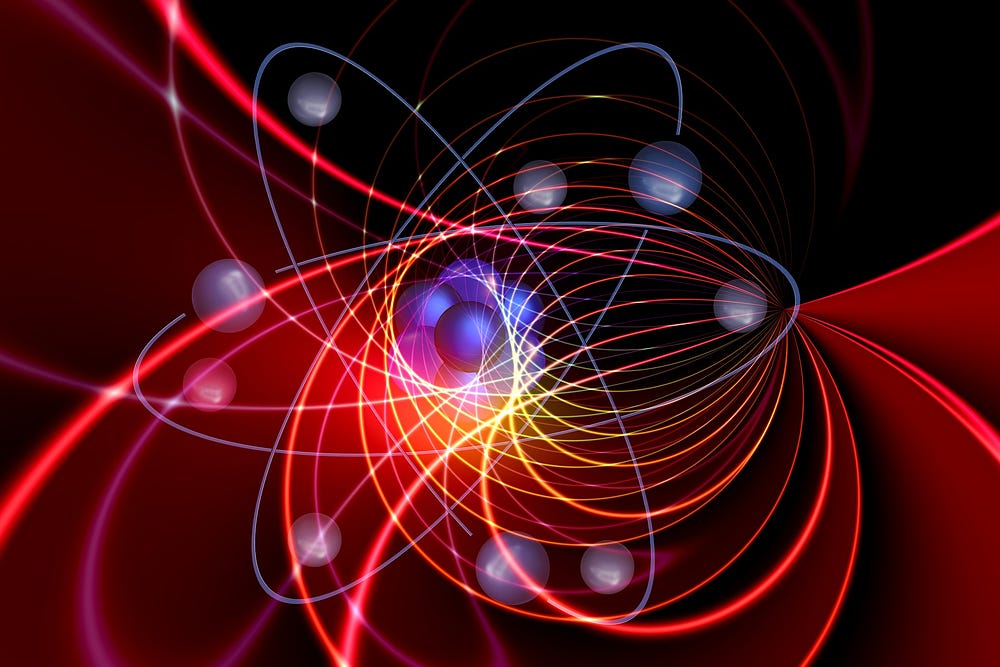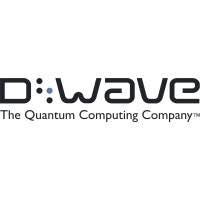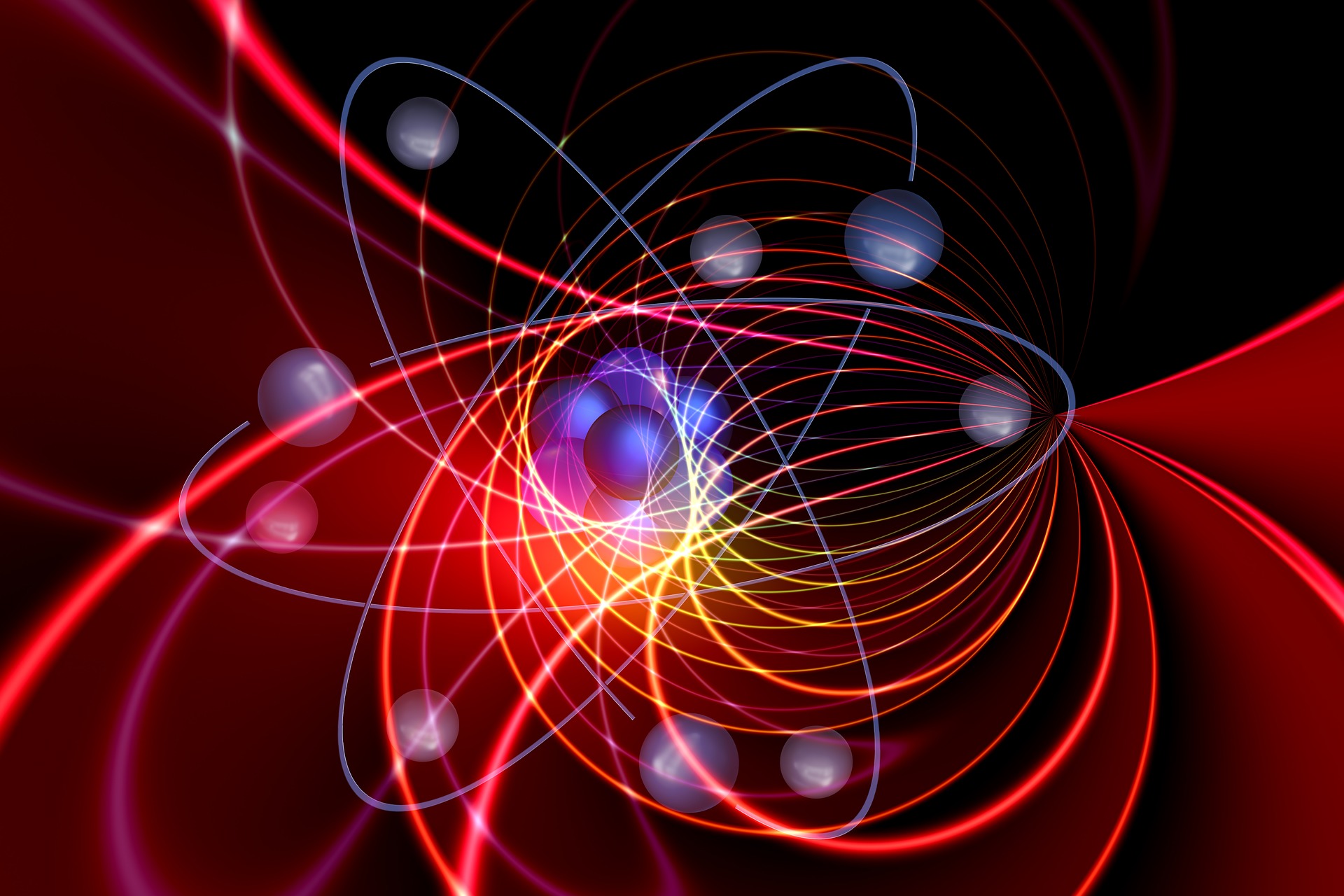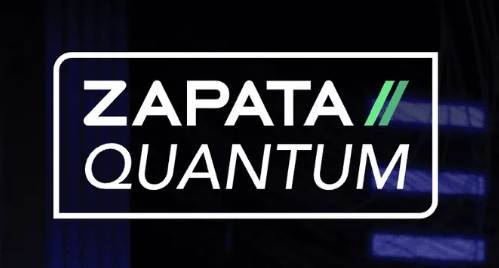
Shastry-Sutherland Ising Model
A research team consisting of scientists from the Department of Energy’s Oak Ridge National Laboratory (ORNL), the University of Tennessee, Knoxville, Purdue University and the quantum computing (QC) company D-Wave Systems has been the first to produce precise results — by programming various parameters into the Shastry-Sutherland Ising model — from simulations conducted on a quantum computer that can be confirmed via neutron scattering experiments. The researchers’ results were published in PRX Quantum.

Funded by the DOE’s Office of Science Early Career Research Program, the project was able to access the D-Wave 2000Q system quantum computer provided through the Quantum Computing User Program managed by the Oak Ridge Leadership Computing Facility. All the researchers and institutions that took part in the project are members of Quantum Science Center (QSC), set up at ORNL in 2020.
“The underlying method behind solving materials science problems on quantum computers had already been developed, but it was all theoretical. We developed new solutions to enable materials simulations on real-world quantum devices,” said Paul Kairys, a student at UT Knoxville’s Bredesen Center for Interdisciplinary Research and Graduate Education who led ORNL’s contributions to the project.


The research demonstrated quantum-aligned architecture has the capacity to analyze the magnetic structure and properties of these materials. This could eventually give rise to an improved understanding of spin liquids and spin ices that can be helpful for applications in spintronics and data storage.
Spintronics is the theory of how magnetic materials’ constituent particles (electrons) ‘spin’.
Spins have favoured orientations that are influenced by the behaviour of neighbouring spins. Rare earth tetraborides, however, have discordant orientations to each other creating a scenario where the spins are compelled to compromise each other on a collective configuration. From these strange behavioural patterns come fractional magnetization plateaus, which arise when a magnetic field acts upon some spins in the usual way while others point in the opposite direction. This is opposite to how a magnetic field usually works, causing all spins to point in one direction.
If effect, quantum computers could allow these systems to vastly improve upon complexity and accuracy issues that classical computers have problems solving. This could give more accurate solutions rather than just ‘approximations’ in materials science.

Arnab Banerjee, a co-author on the paper and an assistant professor at Purdue, said:
“We are encouraged that the novel quantum annealing platform can directly help us understand materials with complicated magnetic phases, even those that have multiple defects. This capability will help us make sense of real material data from a variety of neutron scattering, magnetic susceptibility and heat capacity experiments, which can be very difficult otherwise.”
By adopting a Monte Carlo simulation technique powered by the quantum evolution of the Ising model, the researchers were able to assess this phenomenon in great detail.
“We came up with new ways to represent the boundaries, or edges, of the material to trick the quantum computer into thinking that the material was effectively infinite, and that turned out to be crucial for correctly answering materials science questions,” said Travis Humble, another co-author on the paper and an ORNL researcher and deputy director of the QSC.
D-Wave
None of this would have been possible without the use of D-Wave’s 2000Q system quantum computer. On this, Andrew King, director of performance research at D-Wave, said: “D-Wave processors are now being used to simulate magnetic systems of practical interest, resembling real compounds. This is a big deal and takes us from the notepad to the lab. The ultimate goal is to study phenomena that are intractable for classical computing and outside the reach of known experimental methods.”
While Kairys added: “We completed the largest simulation possible for this model on the largest quantum computer available at the time, and the results demonstrated the significant promise of using these techniques for materials science studies going forward.”

With the collaboration between the ORNL, the University of Tennessee, Purdue University, and D-Wave discovering exciting things in quantum information science (QIS), TQD hopes it continues long into the future, bringing newer, greater innovations to the industry.
For more market insights, check out our latest quantum computing news here.


















